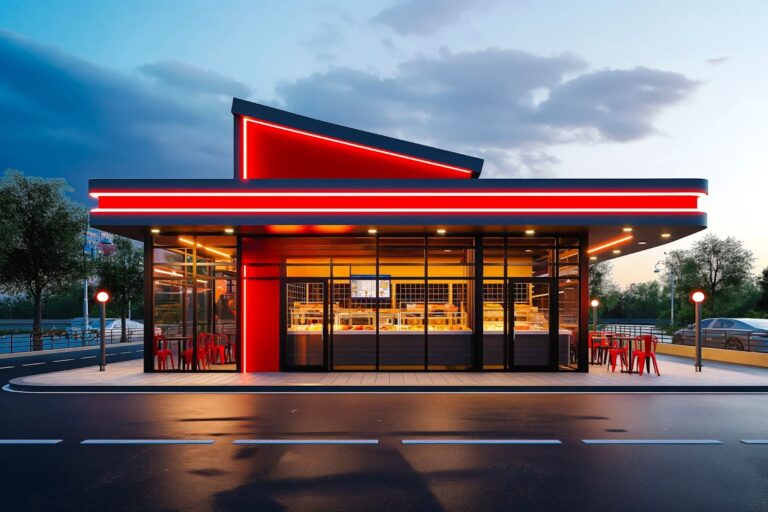Removal of the Tip Credit Dilemma

In recent times, the restaurant industry has found itself at a crossroads.
Factors like rising food prices and increasing labor costs have forced restaurant owners to reevaluate their pricing models. A few noticeable changes include the removal of the tip credit in key cities across America and shift to a 20% service fee.
But what does this mean for diners, servers, and the future of tipping?
The Challenge of Rising Costs
The restaurant landscape is undergoing a significant shift, primarily driven by economic challenges.
A basic hamburger that once cost a fraction of the price is now creeping up to $22.
Simultaneously, restaurant workers are witnessing a significant boost in their wages, with hourly rates soaring to $20.
These factors have created a financial squeeze for restaurant owners.
Significant Changes Across Cities
Most notably, the removal of the tip credit is causing seismic changes in the restaurant industry. In Chicago, the City Council voted to gradually eliminate the “tip credit,” a mechanism that allowed restaurants to pay lower wages to servers who earned tips.
This move requires restaurants to increase the wages they pay to tipped workers by a staggering 67% by July 2, 2028. Originally planned to take just two years, this transition was extended to five years.
What’s The Tip Credit?
The tip credit system is crucial to this debate. Currently, servers can use a portion of their tips to bridge the gap between their hourly wage and the minimum wage. For example, if a server earns $6.32 per hour in tips and the minimum wage is $15.80, the restaurant only needs to pay them $9.48 per hour.
This change increases labor costs for restaurants, which can be tough for businesses with thin profit margins.
We’ve heard concern from some of our clients that some restaurants may even have to close due to these increased costs.
The move has generated differing opinions; some groups, like the National Restaurant Association, want to keep the tip credit system.
On the other side, advocates, like One Fair Wage, want to eliminate it.
This issue is sparking debates not just in Chicago but all across the country.
The 20% Service Charge Dilemma
To address these challenges, some restaurants have begun adding a 20% service charge to the bill.
However, this approach has sparked controversy and confusion among customers.
If you’re a regular reader of ours, you know how we feel about it.
But in the end, it may be inevitable. Either, every restaurant will have a 20% fee tacked onto the end of the bill, or the price of food will go up across the board.
So, is the fee here to stay or is it just a temporary fix?
Which brings us to our next point: what happens to tipping in America?
Tipping has been a long-standing tradition in American dining.
But as more establishments adopt the 20% service charge model, we may be inching closer to the European practice of service-inclusive pricing.
This transition could ultimately spell the end of tipping as we know it.
What Happens Next?
We’ll be writing more in the future about what all of this means for the restaurant industry. But for now, the path ahead is uncertain, and it could take years, perhaps a decade, for the industry to find its footing in this new landscape.
Going forward, we hope that restaurant owners receive some kind of guidance from governing boards on how to handle pricing changes – whether food-related or fees at the end of the receipt.
With a unified, consistent shift across the industry, customers are less likely to become confused, and single restaurants won’t be hung out to dry.



